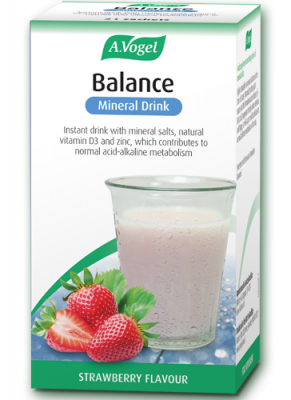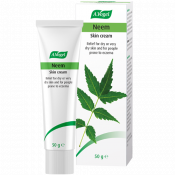Why does exercise pose such a problem?
If you suffer from a skin condition such as eczema, psoriasis or rosacea, the thought of exercising probably doesn’t fill you with much enthusiasm. After all, sweat and strain can be major triggers, causing all those unpleasant symptoms you’ve been trying to avoid to emerge again with a renewed vigour. Plus, that’s not even factoring in the worries that can be associated with exercise, especially if you’re self-conscious about the symptoms you might be displaying!
However, there’s no denying that exercise is essential if you’re trying to maintain a healthy lifestyle and, as I discuss in my blog, ‘6 fantastic ways exercising benefits your skin’, it’s also surprisingly important for your skin too. This can place you in a tricky situation and make you feel as though you’re stuck between a rock and hard place – it’s not that you don’t want to exercise, you’re just not sure how to without upsetting your symptoms.
That’s why modifying your routine might be the answer! Rosacea sufferers are perhaps one of the more vulnerable groups when it comes to exercise, as a survey by the National Rosacea Society found that working out aggravated symptoms for 83% of patients. However, the same survey also found that modifying their routine reduced symptoms for 89% of participants.1
That’s why below I’m going to take offer more advice about the ways you can modify your routine to avoid those dreaded flare-ups!
Think about your environment
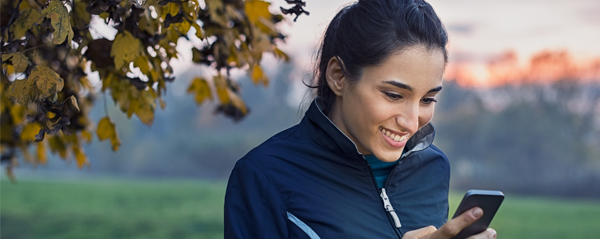
The environment that you’re exercising in can be almost as important as the workout itself. For example, hot yoga might be on the up and up at the moment but, if you have a skin condition, you might want to give it a miss as it may place you at risk of overheating.
When you exercise your body temperature will naturally increase in a process called vasodilation. As a part of this process, your blood vessels will dilate to increase the flow of blood to your skin, raising your overall body temperature so the sweat on your skin will evaporate.
In rosacea sufferers particularly, vasodilation can be a huge trigger so make sure the environment you’re working out in is well ventilated and cool – open windows and keep a cold towel on standby. This can even translate to your workout if you exercise outdoors – during the winter months, staying cool is unlikely to be a problem but in summer try to stick to either working out early in the morning or later on in the evening!
Keep things loose with your clothing
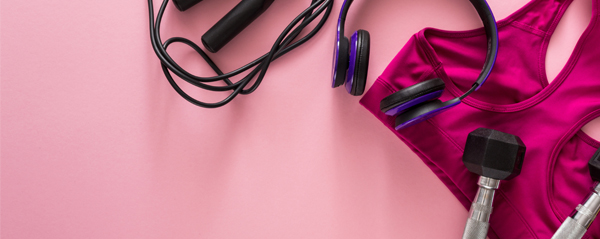
Okay, so you’ve got your workout environment sorted – brilliant! Now it’s time to think about what you’re going to wear. People can spend a lot of money on getting the right designer gym gear but, if you suffer from a skin condition (especially eczema!) you really need to be pernickety about what you’re going to be moving about in.
Synthetic fabrics can easily upset sensitive skin and if your clothing is tight, not only is this going to restrict movement, it’s going to increase friction which can lead to a flare-up. Try to stick to natural fabrics like cotton and opt for loose clothing – not only will this help you to move more freely, it can help to prevent friction and chaffing.
Go low
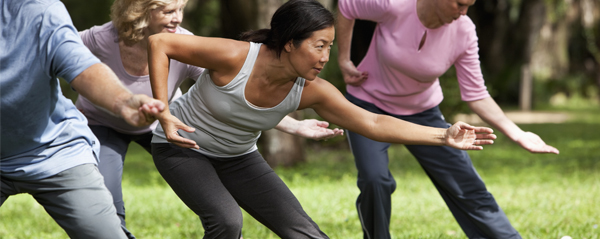
High intensity workouts might be great for burning fat but they can also easily inspire a flare-up. That’s why, if you’re wondering about the types of exercise that might be best for your skin condition, low intensity tends to win every time. Not only are you not placing the same amount of pressure on your joints, you might not be working up the same amount of sweat!
Just because the intensity is low though, this doesn’t mean you’re not working your muscles or getting the same benefits – low intensity exercises can help to reduce your risk of cardiovascular disease and workouts such as mindful stretching or tai chi are often associated with reducing your stress levels!
So what counts as ‘low intensity?’ Well, I’ve already mentioned tai chi and stretching but swimming and good old-fashioned walking are also considered to be low-intensity.
Short and sweet
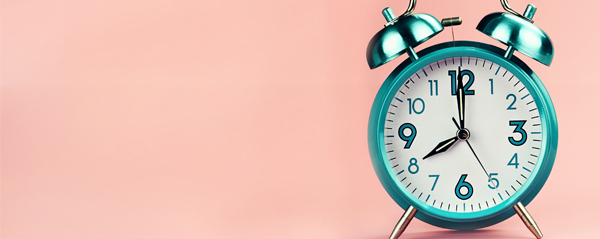
The NHS generally recommends that adults over the age of 19 do about 30 minutes of exercise, 5 days a week.2 This might sound like a lot and in some cases, spending half an hour at the gym might be too much for sufferers of psoriasis, eczema and rosacea. That’s why I sometimes recommend breaking this 30 minute block into small, more achievable 10 minute bursts. Remember, it’s about quality not quantity and shorter bursts of exercise may help to prevent you from overheating, especially if you are trying your hand at a more intense workout!
Hydrate
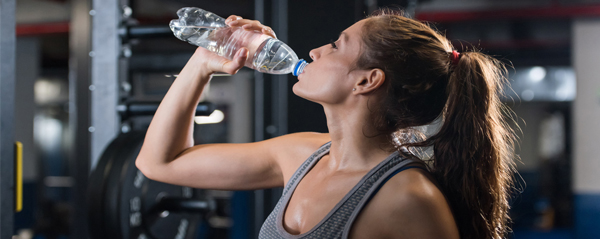
Dehydration is terrible for just about every area of your body, including your skin. If you’re exercising then you’re going to be losing fluids and vital trace minerals known as ‘electrolytes.’ That’s why I always recommend keeping a bottle or a glass of cool water handy if you are exercising – this can help you rehydrate and prevent you from being plagued by the symptoms of dehydration, such as dizziness and headaches.
Many gyms offer their own energy drinks and sports drinks but I would try to avoid these as they’re often loaded with sweeteners and sugars. Instead, if you’re looking for something to replace those lost electrolytes, I’d try our Balance Mineral Drink. This is easily mixed with water and has a pleasant strawberry flavour. It also contains plenty of trace electrolytes, such as magnesium, potassium and vitamin D, plus it can even help to ward off the symptoms of fatigue!
Wash the sweat away
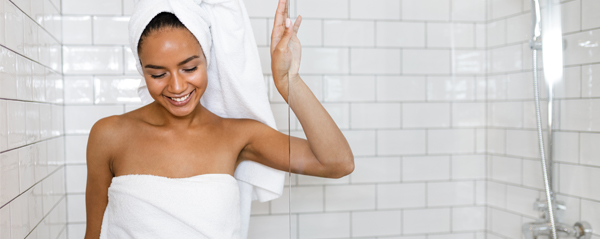
Okay, so you’ve finished your workout session – now what? Well, the first thing you’re going to want to do is wash the sweat off your skin otherwise all of those toxins you’ve excreted might end up being reabsorbed. Lingering in sweat is a recipe for a breakout so it’s time to hit the shower! However, if you have dry, sensitive skin there are a few things you may want to remember.
Firstly, as tempting as it might be to indulge in a hot, steamy shower, keep the temperature lukewarm. This should help to lower the risk of irritation and will prevent your skin from overheating. Think about how you’re washing too – if you’re immediately attacking your skin with a cloth, you’re going to cause some aggravation.
Instead, gently pat your skin and carefully consider the products you’re using – most shampoos, soaps and body washes contain harsh chemicals and parabens that may easily upset your skin. That’s why I’d recommend opting for more natural products that contain more nourishing ingredients to help soothe and condition your skin.
Our friends over at Jan de Vries have an impressive collection of beauty & skincare products, some of which have been specially formulated for sensitive and dry skin so I would definitely check these out!
Moisturise
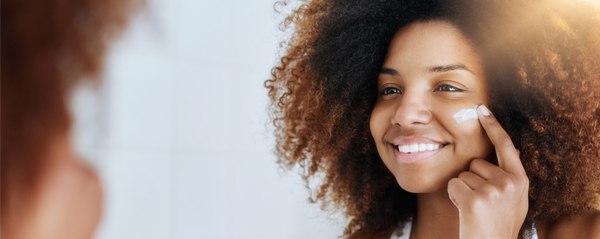
Once you’ve stepped out of the shower, it’s extremely important that you moisturise your skin thoroughly. Surprisingly, moisturising while your skin is damp can help to lock the moisture in, and it’s an especially important step if you suffer from eczema or psoriasis.
I would opt for our soothing Neem Cream here as it’s specifically for very dry, eczema-prone skin and can help to calm irritation, combatting itchiness and redness!
Try to keep a diary
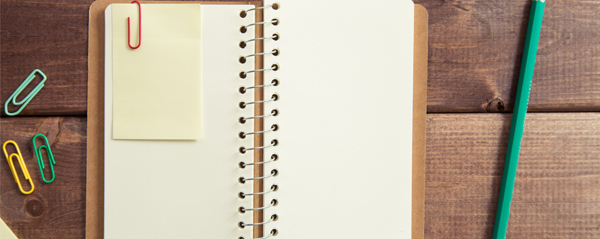
This final step might sound a bit strange but stick with me here. Keeping a diary of your symptoms, when they occur and what type of exercise you were doing at the time can give you a better idea of potential triggers and what to look out for next time you work out. It teaches you what to avoid and lets you know what’s working in regards to your approach and routine.





